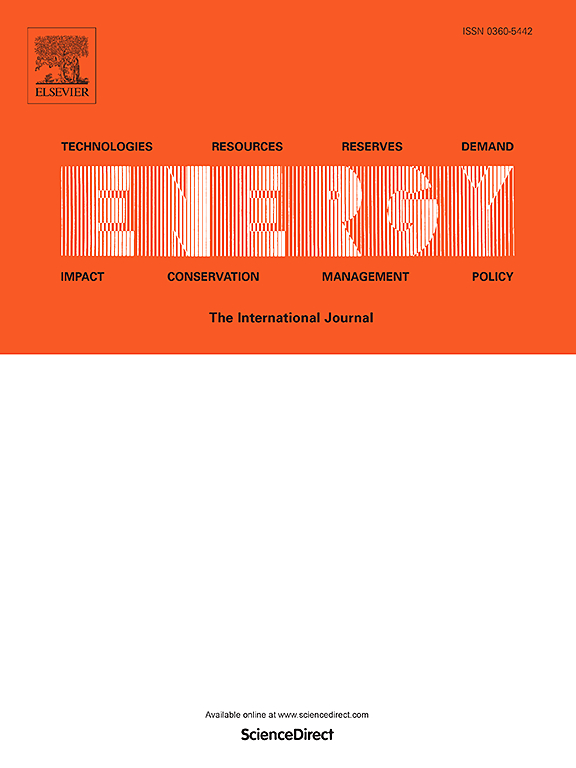Molten salt induces starch-based carbon aerogels with microsurface wrinkles for high-performance supercapacitors
IF 9
1区 工程技术
Q1 ENERGY & FUELS
引用次数: 0
Abstract
Biomass carbon aerogels are widely used as electrode materials for supercapacitors due to high specific surface area, excellent conductivity, low cost, and environmental friendliness. However, the electrochemical performance of biomass carbon aerogels decrease significantly at high power. Herein, starch-based carbon aerogels with microsurface wrinkles are designed in this study. Starch hydrogels are rapidly prepared by using the property that KOH/KCl can gelatinize starch at room temperature. During high-temperature carbonization, the molten salt that is formed by KOH and KCl gives the starch-based aerogels (KCA-KCl) a porous structures with a high specific surface area (2014 m2/g) and microsurface wrinkles. The porous structures and the microsurface wrinkles enables the material to maintain good electrochemical performance at both low and high power. When it is used as electrode material for supercapacitors, the specific capacitance of KCA-KCl is 246.0 F/g at a current density of 1.0 A/g and the capacitance retention of 10 A/g for KCA-KCl is 77.9 % in three electrode system. In two electrode system, KCA-KCl exhibited an energy density of 14.72 Wh/kg at a power density of 0.5 kW/kg and the specific capacitance can maintain 96.33 % after 10,000 cycles. This study provides a feasible strategy to prepare high-performance electrode materials for supercapacitors.

求助全文
约1分钟内获得全文
求助全文
来源期刊

Energy
工程技术-能源与燃料
CiteScore
15.30
自引率
14.40%
发文量
0
审稿时长
14.2 weeks
期刊介绍:
Energy is a multidisciplinary, international journal that publishes research and analysis in the field of energy engineering. Our aim is to become a leading peer-reviewed platform and a trusted source of information for energy-related topics.
The journal covers a range of areas including mechanical engineering, thermal sciences, and energy analysis. We are particularly interested in research on energy modelling, prediction, integrated energy systems, planning, and management.
Additionally, we welcome papers on energy conservation, efficiency, biomass and bioenergy, renewable energy, electricity supply and demand, energy storage, buildings, and economic and policy issues. These topics should align with our broader multidisciplinary focus.
 求助内容:
求助内容: 应助结果提醒方式:
应助结果提醒方式:


